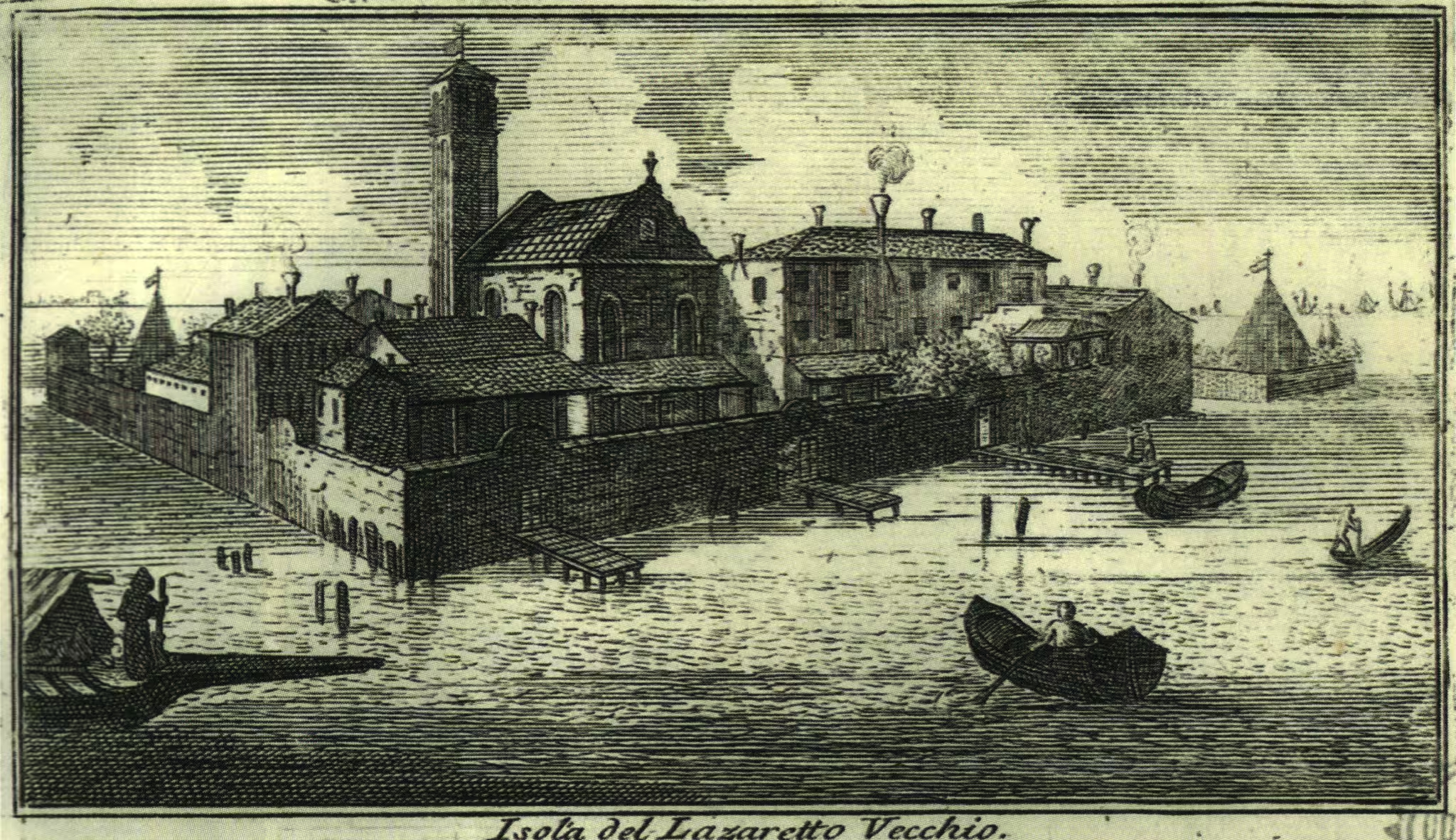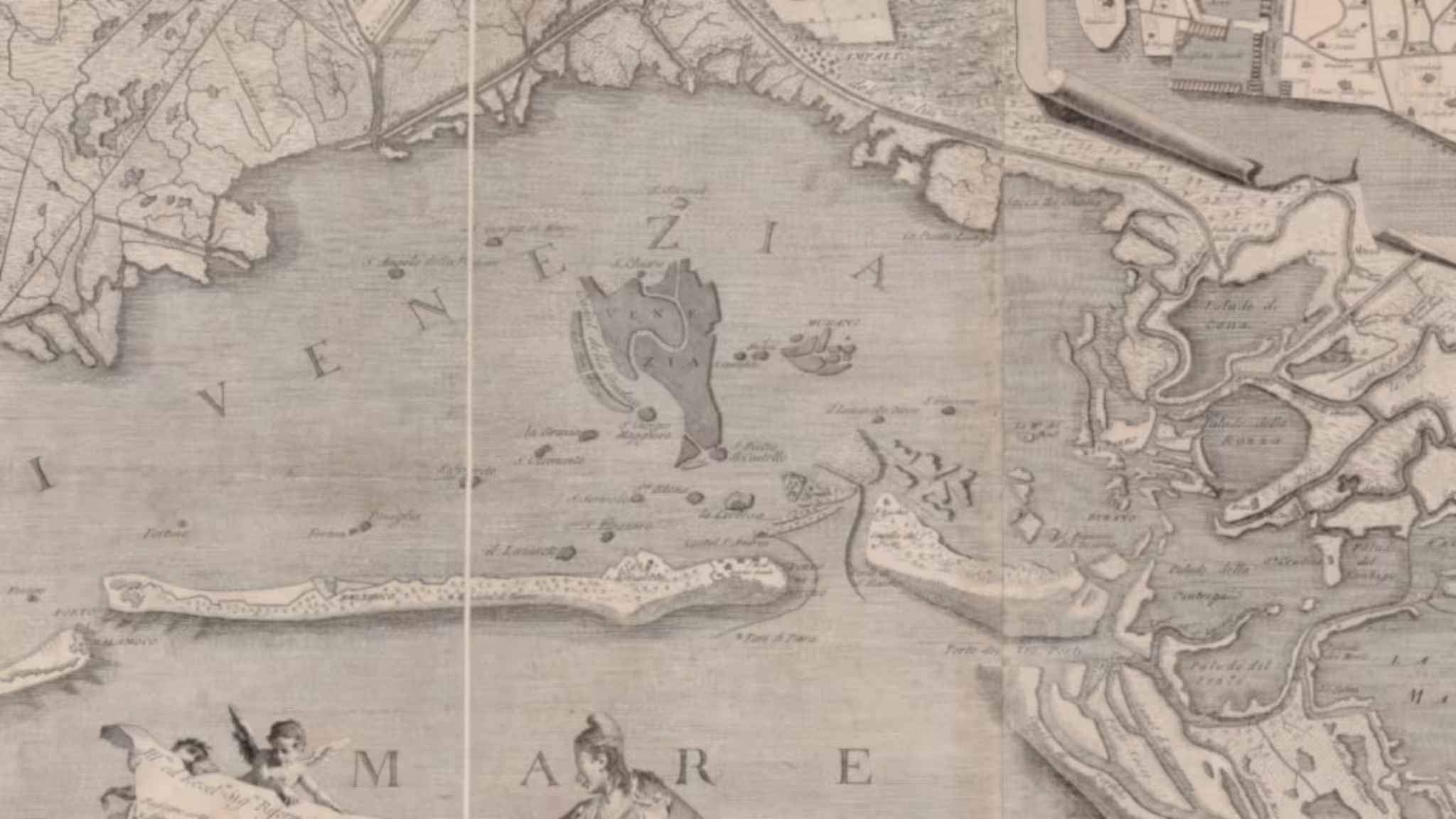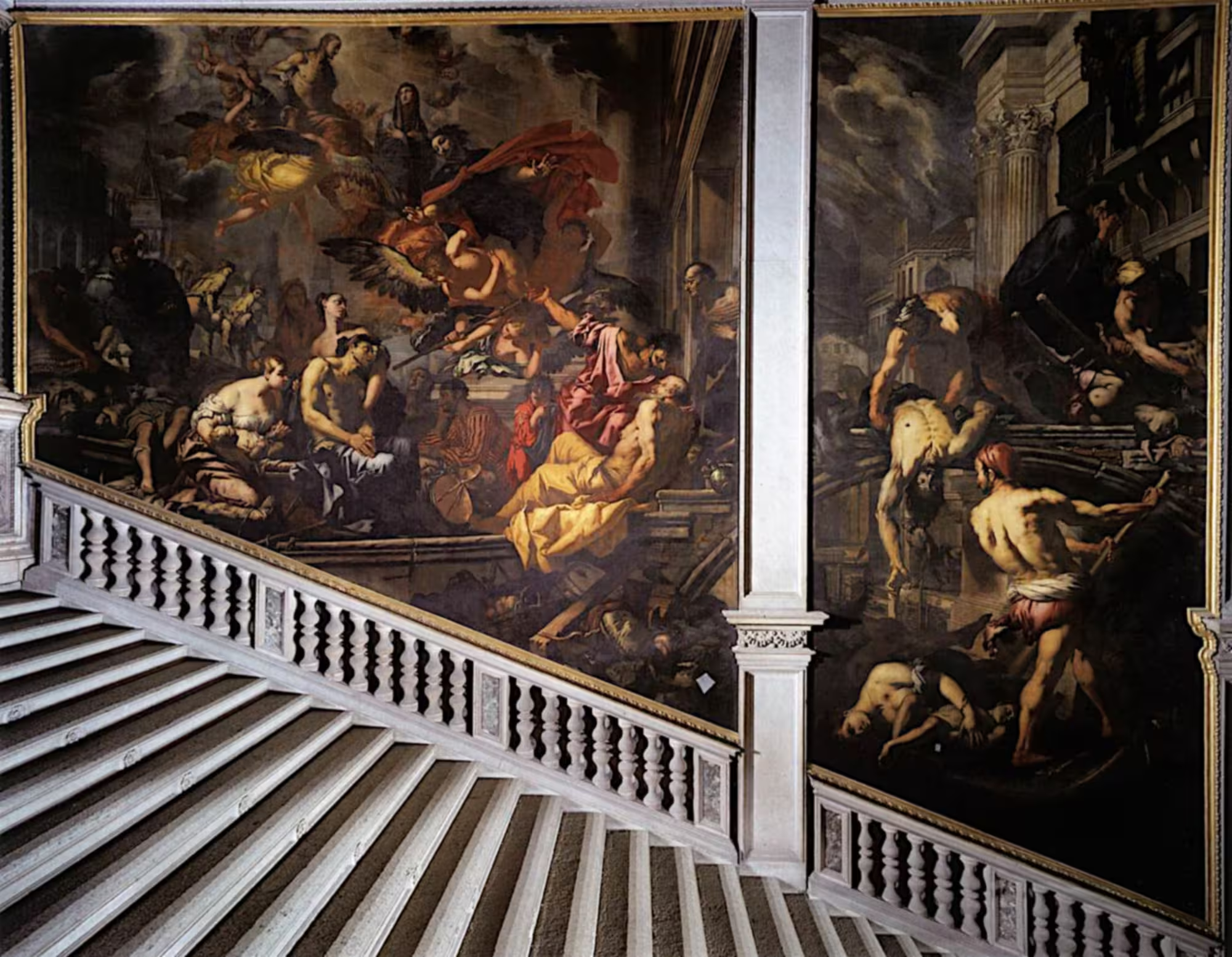The Lazzaretto Vecchio has a long and varied history. It has been a monastery, a plague hospital, a quarantine station, a military installation, a dog kennel and maybe one day it will be a national archaeological museum for Venice. This is a chronology of some of the main events in the history of the Lazzaretto Vecchio, the oldest of the Venetian lazzaretti.
The time of the Serenissima
- 1249
The Augustinian hermit monks living on the island built and consecrated a church dedicated to St Mary of Nazareth – Santa Maria di Nazareth. Consequently, the island became known as Nazaretum in the vernacular. The island functioned as a hostel for pilgrims destined for the Holy Land. - 1423
Yet another wave of the black plague struck Venice. The Senate of the Serenissima, at the suggestion of St Barnadino of Siena, decided to create a hospital for the infected and sick somewhere isolated. The choice fell on the island Santa Maria di Nazareth, as the monastery only had one monk and four novices left. - 1429
A first bequeathment to the Lazzaretto allowed the restoration and refurbishment of the existing buildings on the island, with around 80 rooms for the sick. - 1468
With the creation of the Lazzaretto Nuovo (New Lazaret) the island became Lazzaretto Vecchio (Old Lazaret). - 1484
An inventory of the Lazzaretto listed 209 beds for the plague stricken, besides the objects in the church, sacristy and kitchens. - late 1400s – early 1500s
Successive enlargements of the Lazzaretto Vecchio added more buildings. - late 1500s
The function as a hospital diminished. Many of the buildings were adapted for quarantine and the disinfection of merchandise, like on the Lazzaretto Nuovo. - 1560s
The new Tezon Grando or Tezon Vecchio on the Lazzaretto Vecchio was destined for the disinfection of merchandise. - 1630s
The five teze on the Lido side were built on hitherto unused parts of the island, specifically for the disinfection of goods. This further reduced the hospital function of the island. - 1780s
The island of Poveglia a bit further south became the Lazzaretto Nuovissimo and took over most of the functions of the Lazzaretto Vecchio.
Austrian and Italian period
- c. 1850
The island became a military installation. - 1890s
The military demolished the church, the bell-tower and several other medieval buildings. They also removed two gun powder towers from the 1500s. - 1960
The Italian military definitely left the island. - 1970s
A group of volunteers operated a kennel for stray dogs on the island. The constant barking meant that it became known as “dog island” for many locals. - c. 1975
Somebody stole a medieval well-head from the island, weighing over half a ton. It was most likely a building tycoon from the Veneto area. - 2008
MIBACT (the Italian Ministry for Archeological and Cultural Heritage) plans to make a National Archeological Museum of the Lagoon and Venice on the island. - 2010
The search for the missing well-head started, led by Gerolamo Fazzini of the ArcheoClub di Venezia. - 2013
Volunteers from the associations Ekos Club and the ArcheoClub di Venezia monitors and does basic maintenance. They open the Lazzaretto Vecchio to the public a few times each year, in cooperation with the Soprintendenza dei Beni Culturali – the Italian Cultural Heritage authority. - 2014
Preliminary works for the Archeological Museum started, mostly to stabilise the buildings and prevent further collapses. - 2015
Part of the Lazzaretto Vecchio is given in concession to the Biennale, which uses the buildings closest to the Lido for the annual Venice Film Festival. This usage is contested, as it is unlikely those parts will ever become public again. - 2018
The ArcheoClub found and recovered the stolen well-head, and brought it back to the island.





Leave a Reply